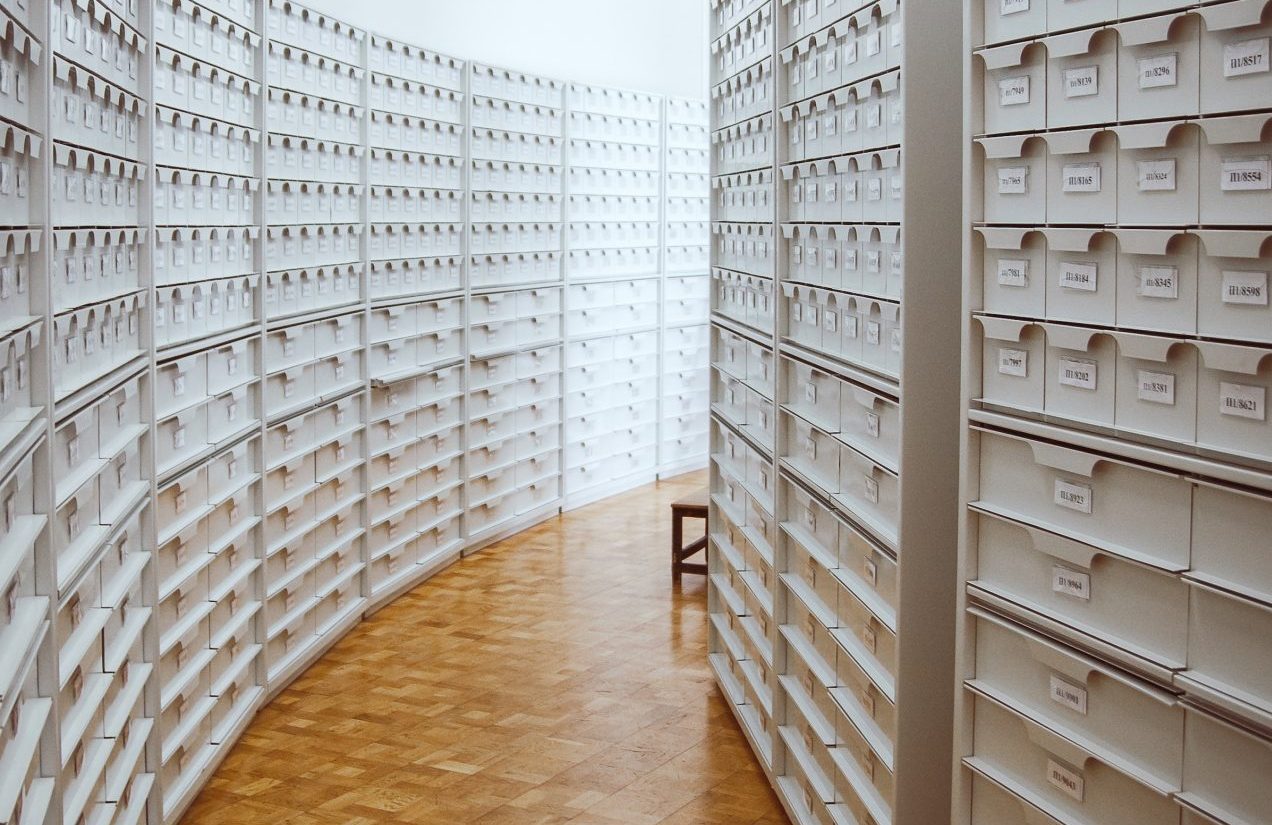To celebrate the launch of our Matchbox partner CELS’ new portal documenting police violence in Argentina, we hosted a community call for practitioners and civil society organisations working on documenting institutional and police violence.
The community call was designed to offer space for documentation practitioners to share learnings, challenges, needs and hopes with each other. We were also happy to welcome expert speakers, Juliana Miranda (CELS), Danny Rayman (Datos Protegidos/Testigo en Línea), Marina Garcia Acevedo (HURIDOCS) and Yvonne Ng (WITNESS).
Below we share key takeaways from the conversation and a list of readings and projects that were shared by the participants.
Finding a tech solution that fits the context
When it comes to selecting and implementing a technology tool for documentation, a key concern put forward was about the capacity of the organisation adopting the tool. No matter the situation, in order to be sustainable a tech solution needs to fit the context and security model of the organisation–as well as the workflows of the staff–and it needs to be user-friendly.
For CELS, for example, that meant that the platform needed to fit the workflows of a team within a well-established human rights organisation, with a rotating group of volunteers and interns. Testigo En Línea on the other hand, is a young initiative with a growing team—they mentioned needing technology that is agile and could grow with a changing group of users.
Marina Garcia Acevedo from HURIDOCS shared that it is key to balance multiple needs when choosing and implementing technology for a documentation effort. Additionally, she mentioned the importance not only of having a list of these needs around technology but also an understanding of the story that the organisation wants to tell, and how they want to tell it. For example, organisations with large, broad databases might be telling a different advocacy story than those with targeted information about one incident–and these differences can impact technology needs, too.
How 2020 has affected the work of documenters
2020 has been a year of turmoil, with a global public health crisis and citizen movements for justice gaining more visibility across the globe. Though the work of documenters was not put on hold, it was inevitably affected by the challenges that the year brought. In the community call, several organisations brought up the challenge of losing physical access to their documentation due to needing to work remotely. Shauna Wright, who volunteers with the Berkeley Cop Watch, shared that the team had to find bespoke, cloud-based solutions to be able to continue to access their data. Juliana Miranda, of CELS, shared that the team hasn’t been able to physically access their database in months and decided to switch to a different way of recording. As she put it, “We couldn’t stop documenting just because we couldn’t go to the office. Cases kept happening and we had to adapt to the situation.”
Several speakers also shared that in having to work remotely on a full-time basis, they were moved to reach out to peers in the space. Without the ability to meet peers during physical events, documenters proactively reached out to others through digital means to learn more about how others design data models, manage databases remotely, or handle vicarious trauma when dealing with violent imagery. As Danny Rayman of Testigo en Linea and Datos Protegidos shared, at their core, these projects are based in collaborative and community-based work. When someone wants to learn, there are others who are eager to share their knowledge.
Communities fuel documentation efforts
Many organisations working to document police violence rely on the labour of volunteers, but keeping a sense of normality and stability, and providing sufficient support, for their volunteers proved to be a challenge this year, said Juliana Miranda. Danny Rayman, who worked to document the citizen movement preceding the referendum for a new Chilean constitution in October, highlighted the importance of looking after our health and the health of the volunteers we rely on to document violence. (In the reading list below, we have compiled some resources shared in the call around vicarious trauma.)
Looking ahead
The issues explored in this call made it clear that there is much to share and discuss within the documentation community when it comes to challenges, resources and ideas on implementing technology in documentation work. We look forward to continuing to support organisations and activists working in this space!
Reading list
Below is a list of relevant readings, resources and projects shared by participants in the course of the call.
Projects
- Violencia Policial (CELS)
- Justice Project Pakistan
- El Grito
- Berkeley Cop Watch
- Korea Future Initiative’s database
- HURIDOCS
On ethics & vicarious trauma
- Why cellphone videos of black people’s deaths should be considered sacred, like lynching photographs, Allissa V. Richardson, Ph.D
- Handling Traumatic Imagery: Developing a Standard Operating Procedure, Gavin Rees
- Trabajar con imágenes traumáticas (Working with Traumatic Imagery)
- The hidden victims of repression – how activists and reporters can protect themselves from secondary trauma, Rossalyn Warren
If you have any questions about our partnership with CELS, feel free to reach out at pverhaert[at]theengineroom.org. If you are an activist or member of a civil society organisation that is planning to, or is in the process of, setting up a documentation system, we’d be happy to support you. You can reach out to us via our Light-Touch Data and Technology Support Programme, through which we can offer you concise, targeted advice and bespoke support.
Image by Ula Kuźma via Unsplash.

